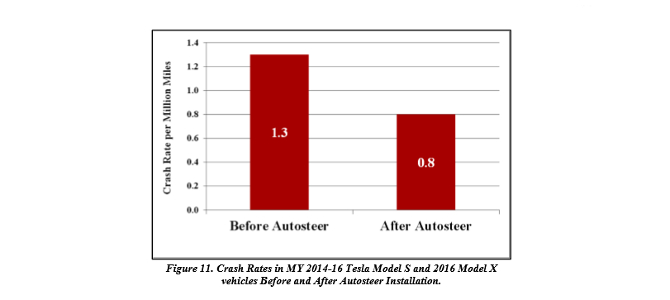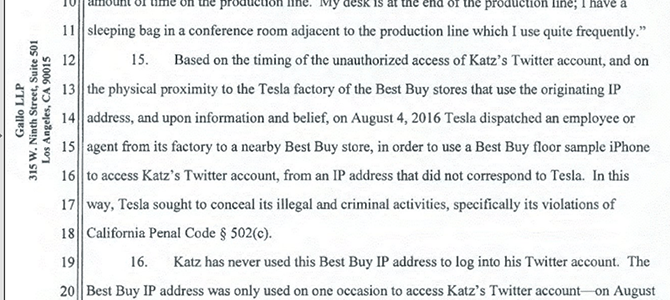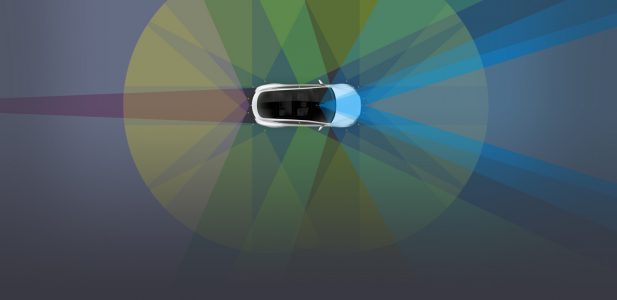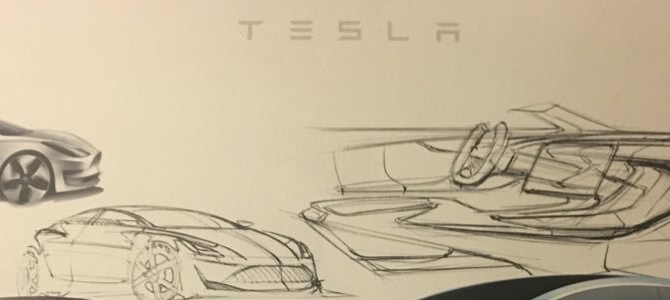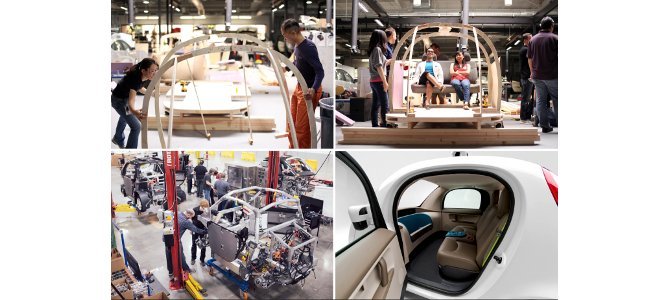
Google’s self-driving car company Waymo is retiring its iconic “Firefly” self-driving vehicles from testing fleets after three years in service. The Firefly, which were widely known as “the koala cars,” are being replaced by Waymo’s expanding fleet of Chrysler Pacifica plug-in hybrid autonomous minivans. This transition comes as Waymo moves toward commercial availability, including an “early rider program” in Phoenix, Arizona.
